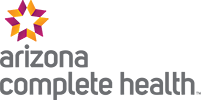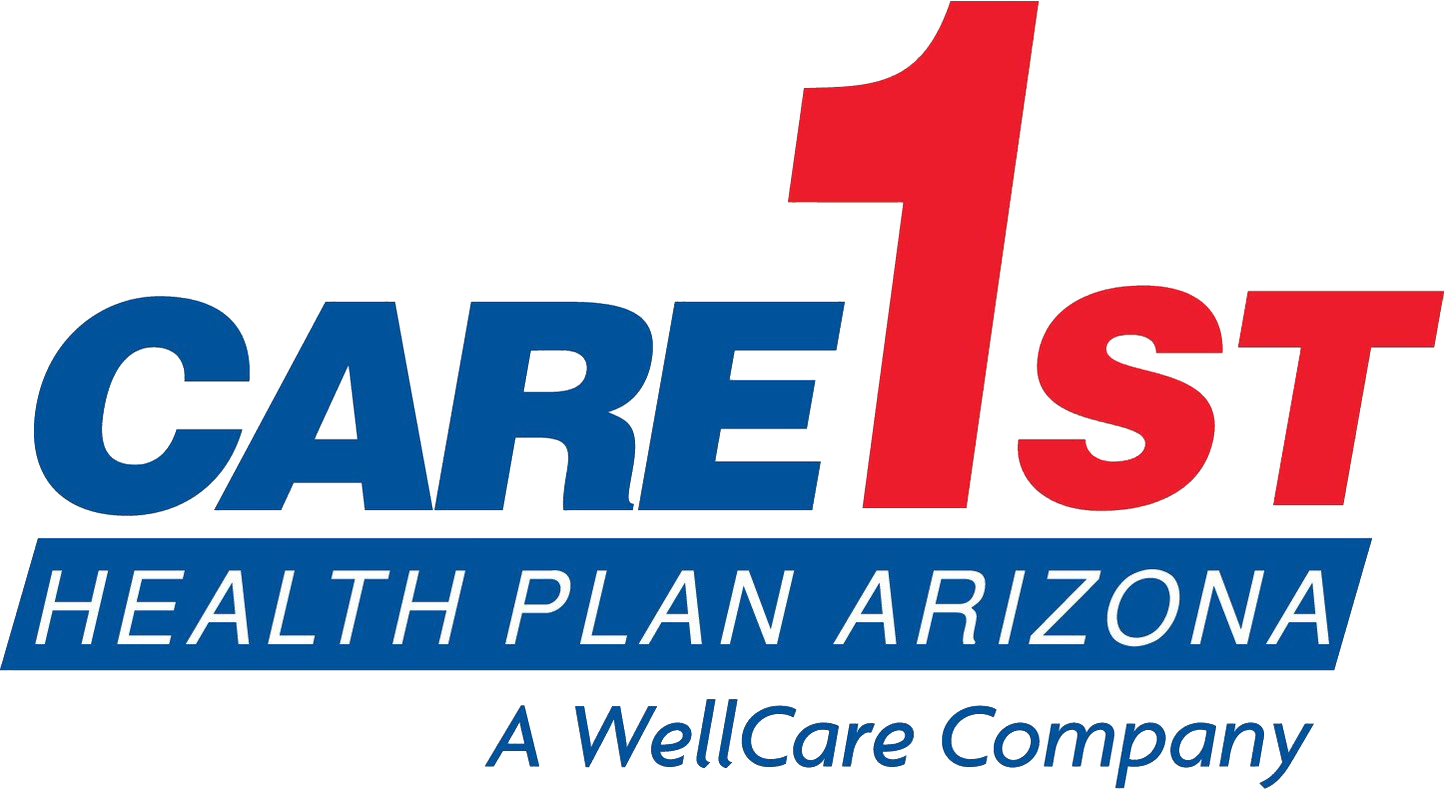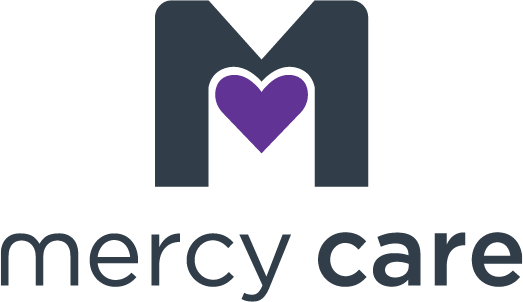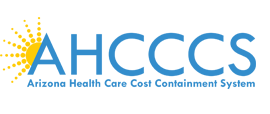
By Thalia Williams, DrugFreeAz.org Program Director
Cocaine has been around for decades. While many people think the popular white substance is just an ‘80s drug, recent studies show it’s still popular amongst teens and young adults today.
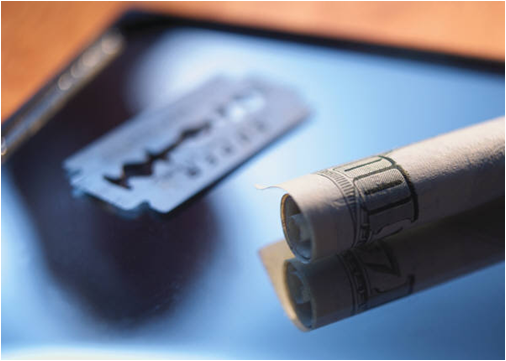 According to the National Institute on Drug Abuse, about six million people over the age of 12 have used cocaine at least once in the past year. It is estimated that 3.4% of 10th graders and 5.2% of 12th graders have used cocaine in the past year. In Arizona, 8.4% of male 12th-graders and 6.3% of female 12th-graders indicated they had used cocaine during their lifetime (2012 ACJC Arizona Youth Survey). Most cocaine use by teenagers is experimentation; but with a little knowledge and understanding, we can work together to prevent your teen from becoming another statistic.
According to the National Institute on Drug Abuse, about six million people over the age of 12 have used cocaine at least once in the past year. It is estimated that 3.4% of 10th graders and 5.2% of 12th graders have used cocaine in the past year. In Arizona, 8.4% of male 12th-graders and 6.3% of female 12th-graders indicated they had used cocaine during their lifetime (2012 ACJC Arizona Youth Survey). Most cocaine use by teenagers is experimentation; but with a little knowledge and understanding, we can work together to prevent your teen from becoming another statistic.
Parents must be aware of their teen’s activities and social circles, and the potential risks kids face today.
Here are some things parents need to know to about the drug:
-
What is cocaine and how do I know if my teen is using? Cocaine is a powerful stimulant. Stimulants are a class of drugs that can elevate mood, increase feelings of well-being, and increase energy and alertness. They also have dangerous effects, including raising heart rate and blood pressure.
Over the years, the drug has picked up several slang names. Common names for the drug include coke, C, blow, powder, snow, flake, and white. However, many teens make up their own names for the drug among their group of friends. Parents should listen for this type of coded language; it may be a sign that your teen is abusing drugs or is engaging in other illicit activities.
Other signs your teen might be using the drug include:
- Bloodshot eyes
- Frequent sniffing or runny nose (a common side effect of snorting)
- Change in group of friends
- Shift in weight, especially dramatic weight loss
- Loss of appetite
- Declining performance at school and work
- Signs of depression
-
How is it used? Cocaine can come in two forms: powder and crack. Powder cocaine is a white powder, generally mixed with other substances like cornstarch, talcum powder and other active drugs like procaine, a chemical that produces local anesthesia. Crack looks like small white rocks that are smokeable. This form is often processed with ammonia or baking soda and water, and heated to remove the chemical hydrochloride.
-
What are the dangers of using? Cocaine targets and overstimulates your brain’s natural reward system. Using the drug just once could be harmful to the brain and other body organs. With extensive use, the drug can become addictive and lead to irritability, anxiety, nasal septum damage (the thin wall that separates your left and right nostrils) and eventually make your nose collapse or even cause death.
-
What can parents do to prevent their kids from using cocaine? Teens whose parents talk to them regularly about the dangers of drugs are 50% less likely to use drugs than those whose parents don’t talk to them regularly.
Here are some tips for talking to your teen about substance abuse and prevention:
- Make a habit of talking about whatever makes your teen happy such as sports, school or music.
- Try to eat together whenever possible. Mealtimes are good times to talk and listen.
- Notice your teen’s feelings.
- When having a conversation with your teen, give them all of your attention.
Have additional questions about cocaine? Contact the DrugFreeAz.org team today! (Call: 602-264-5700 or e-mail: partner@drugfreeaz.org)







